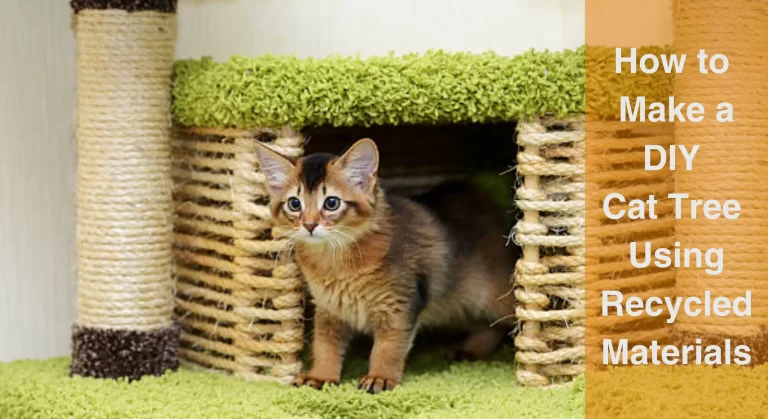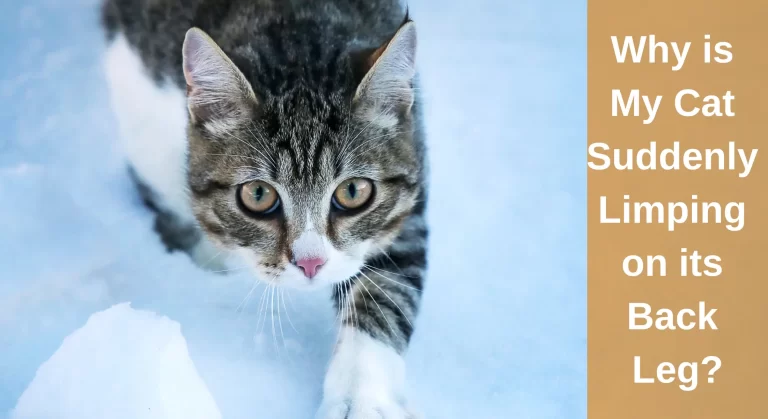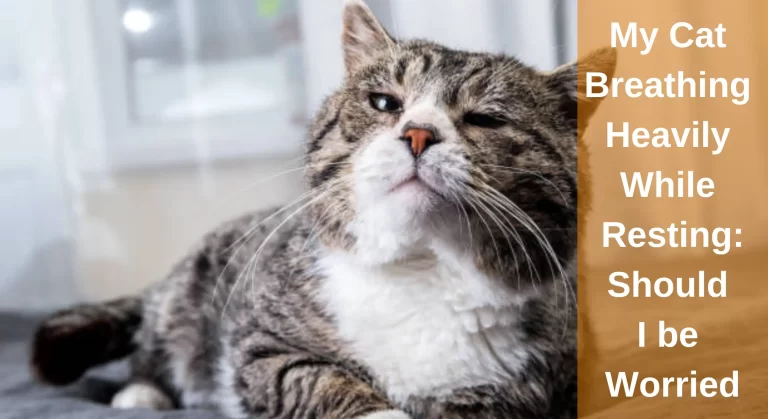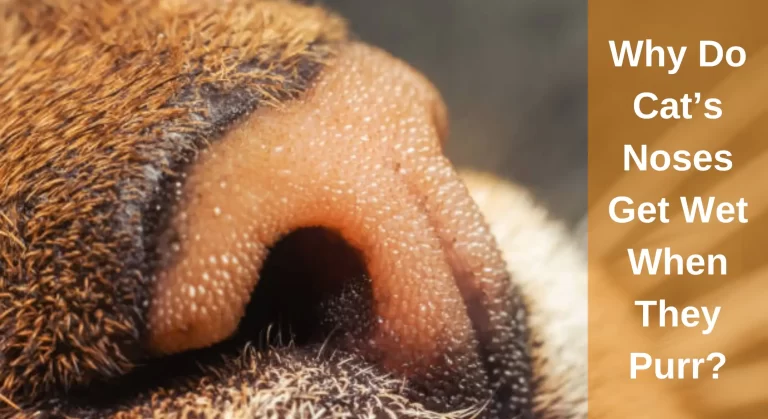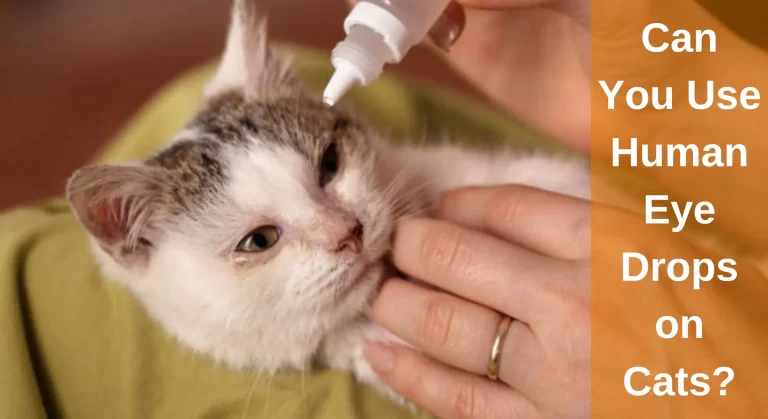Why Does My Cat Have Bald Spots And Sores? Causes And Treatment
Cat owners take exceptional care of their cats’ fur, so any hair loss is quickly observed and can be a legitimate reason for concern. However, bald patches on cats are relatively frequent and can be brought on by various causes, some of which are minor while others are more dangerous. Changes in your feline friend’s health or look might concern a pet owner.
Why does my cat have bald spots and sores? There are several causes of bald patches on your cat’s fur, such as fungus and parasites, such as ringworm, mites, and flea allergies. In addition, Burns, trauma, and skin infections are common causes of skin ulcers, erosions, and more complex conditions like drug reactions, cancer, and autoimmune diseases.
Here is all the information you need to know about bald patches on cats, from how to recognize them to the causes of possible bald spots on your cat and potential remedies to help you relax.

What is Cat Hair Loss?
Alopecia or cat hair loss is brought on by the cat overgrooming, biting, or self-scratching, while others are caused by the hair falling out spontaneously. The condition known as alopecia affects a cat’s hair follicles, making it difficult for them to produce new hair and leading to early hair loss. Unfortunately, several medical conditions, including ringworm and skin damage, can be indicated by hair loss.
What are Sores in Cats? What Causes It?
An ulceration or sore is a break in the skin that takes a long time to heal. They may resemble an open wound or an inflamed, red area on a cat’s skin. Skin ulcers can have various potential causes, from parasite infections to more severe conditions like cutaneous lymphoma.
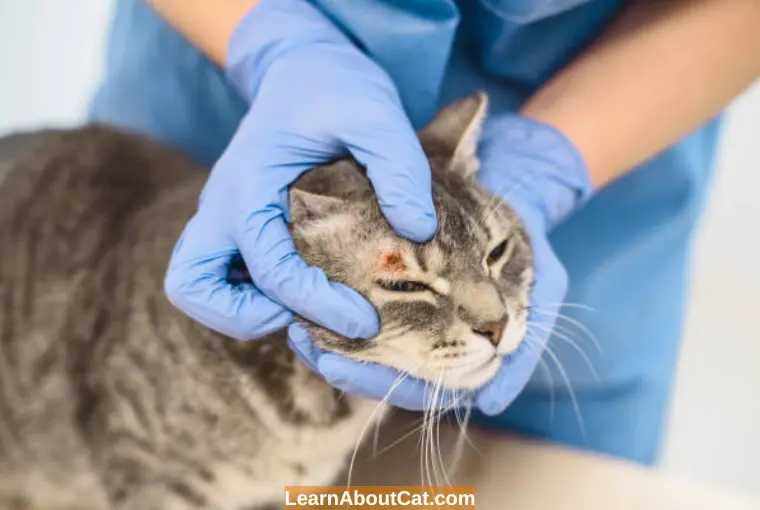
Even though sores can develop at any time, they frequently do so in cats that are losing their hair and can be painful and uncomfortable for your pet. Your cat can continue to lick and bite the sore. As a result, they are aggravating the problem.
What Do Bald Patches Look Like on Cats?
Your cat may have one or more bald spots, or your cat may have several areas where its fur has fallen out. You could also notice that your cat has scabbed where its hair formerly was, depending on the cause. For instance, an external parasite can harm the skin and hair follicles, leading to hair loss and scabs on cats.

If your cat is losing fur and the rest of its body appears to be generally healthy, it may be experiencing stress-related hair loss. Where the bald spots are on your cat is a good indicator of the reason for the hair loss. The bald patches on your cat can result from overgrooming if they are in the usual grooming locations.
It’s crucial to consult a doctor if you discover any new bald patches or scabbing on your cat’s skin, no matter what the reason may be. Some reasons for bald patches in cats might have long-term negative impacts on your cat’s health, even if they are not all serious.
What is The Cause of Bald Patches on Cats?
If your feline friend has bald spots or sores, you need to speak with your veterinarian to determine exactly what caused them. However, you can keep these possible causes in mind so that you know what to look for.
- External Parasites (Fleas)
- Skin Cancer Lymphoma
- Skin Sensitivity (Allergies)
- Ringworm
- Overgrooming (Stress or Anxiety)
- Thyroid Problems
- Abscesses
- Burns and Skin Damage

1. External Parasites
Our cats’ coats are home to these pesky critters, which may be pretty irritating. Some cats’ flea allergies exacerbate the itching, which is already severe. This scratching is what results in skin ulcers and hair loss.
You could be tempted to use over-the-counter medication to eliminate external parasites if you’ve previously dealt with them. If you want to do this, keep in mind that following treatment, fleas won’t fall off of cats; instead, you’ll need to comb them out or vacuum them up after they’re dead and no longer a threat.
2. Skin Sensitivity(Allergies)
Cats have allergies, just like people. These may result in your feline buddy developing sores and having severe, persistent itching. Your cat will likely leave unsettling bare patches on its body by licking and clawing its fur off.
Your cat could occasionally have an ear infection as well. The hair around your cat’s eyes will fall out due to the scratching in this situation. Food, environment, and flea are the primary factors contributing to cat skin allergies.
There is a possibility that your cat is allergic to certain foods, so you may need to have it tested. If your cat started losing fur after you changed his diet, go back to his former diet and contact your vet.
3. Ringworm
Although ringworm seems like a worm illness, it is a fungal ailment that affects cats often. It may be transmitted by direct touch with a fungus spore that can survive in the environment for up to two years and is highly contagious.
The round, itchy rash that develops on an infected cat’s skin is the most recognisable ringworm symptom. These rashes may begin to blister, leak, and ultimately scab over as the illness worsens.
Skin swabs can be used to detect ringworm, and shampoos and other medications are typically used to treat the condition.
Check Out: How Long After Deworming A Cat Are The Worms Gone?
4. Overgrooming
It is totally normal for cats to lick themselves all over to groom their fur, but if you notice that your cat is grooming themselves more than usual, this may be causing them to lose fur. A cat suffering from stress or anxiety may lick too much, resulting in bald patches. As a result, the coat can become thinning all over or there can be bald patches may appear in a particular area. There are several areas of the body that are commonly affected by such behavior, including the stomach and the tail.
The treatment should focus on reducing stress wherever possible. There are various causes of stress, including a move from one place to another, the introduction of a new pet, or something that occurs in their environment that they perceive as a threat.
There are cases in which excessive grooming is a sign of neurological disorders, especially among older cats, however stress and anxiety is a primary cause.
5. Thyroid Problems
Having bald patches on your cat is a sign that your cat may have thyroid problems. X-ray and blood tests can use to detect hyperthyroidism and hypothyroidism.
Cats with an overactive thyroid can often be treated with medication (oral medication, surgery and radioactive iodine treatment) prescribed by their veterinarian.
6. Skin Cancer Lymphoma
Cutaneous lymphoma, rare cancer, is possibly the most dangerous factor causing hair loss and sores in cats. Even though this always impacts the skin, it will also cause problems in any other body parts where it is present. Sadly, the precise aetiology of cutaneous lymphoma in cats is still unclear.
Your cat’s hair follicles will become infected by this malignancy, which will stop hair development and result in hair loss you may observe on their body.
7. Abscesses
When an infected wound is not treated, a spot is a specific kind of sore that develops. Pus gathers beneath the skin as a result of the immunological reaction to the infection, forming a lump. Any cat that has an abscess will be in excruciating agony. Therefore you must treat the wound right away.
Your cat may develop bald patches due to the hair around an abscess falling out often. When an abscess bursts, it may spew out a thick, yellow fluid with a solid rotten odour.
8. Burns and Skin Damage
A cat kept indoors has fewer opportunities for exploration than a cat allowed to wander free. Unluckily, a cat’s adventures could put them in danger. Maybe they were caught in a catfight, tangled in a briar patch, or too close to the fire. Whatever the accident’s root cause, the ensuing skin burn or trauma might result in your cat losing hair and developing skin blisters.
Other potential Causes of Feline Bald Patches are as Follows
The disorder known as alopecia Universalis causes cats to be born hairless. Even though hairlessness is a characteristic of several breeds (such as Sphinx, Elf, and Delf cats), any cat breed might develop this kind of alopecia due to a genetic mutation.
- A cat with genetic hypotrichosis is born with a thin covering of hair that gradually gets drier as it ages. Siamese, Devon Rex, Birman, and Burmese cats are more prone to this.
- It is known as follicular dysplasia when cats are born with a thick covering of hair that gradually becomes thinner over time. Breeds of Cornish Rex are prone to this.
- Acquired alopecia in cats can have a variety of possible causes, including one or more of the infections brought on by yeast (often Malassezia), bacteria (most frequently Staphylococcus), ringworm, or parasites (e.g., Demodex, Cheyletiella, Notoedres, or Otodectes mites).
- Discomfort brought on by another illness, such as renal, bladder, gastrointestinal, or anal sac inflammation.
- Endocrine disorders like Cushing’s illness or hyperthyroidism are both every day (rare in cats).
- Current metabolic stress, such as a fever, breastfeeding, or pregnancy.
- Cancers include pancreatic carcinoma, bile duct carcinoma, cutaneous lymphoma, and thymoma.
- A cat with psychogenic alopecia overgrooms excessively out of compulsion and fear.
It is possible for cats with alopecia to lose hair in patches throughout their bodies or in specific areas. There are different locations for hair loss depending on the underlying cause. Cat alopecia may appear irritated, red, or normal depending on the underlying cause.
Symptoms of Hair Loss in Cats
Having bald patches on your cat is a sign that your cat may have thyroid problems. Hyperthyroidism and hypothyroidism can be detected using blood tests. Treating an overactive thyroid in cats is often quite straightforward by using medication prescribed by a vet.
A cat suffering from inflammatory alopecia may exhibit the following symptoms:
- Itchy skin accompanied by licking, biting, gnawing, and scratching.
- Increase hariball.
- Skin abnormalities such as redness, scabs, sores, crusts or bumps.
You may see these signs if your cat is suffering from an underlying systemic disease:
- Increase thirst
- Increase in urination
- Vomting
- Direaha
- Appetite change
- Energy level change
- Enlarged abdomen
Symptoms of allergies in cats can also include:
- Conjunctivitis
- Inflammation of the ears
How Do You Treat a Bald Spot on a Cat?
Using an Elizabethan collar (e-collar) may be advised if your pet is biting or licking the skin. The collar promotes hair growth while assisting in infection prevention.

Treatment for Cat Hair Loss (Blad Patches):
- Treatment with a parasiticide (such as Revolution, Bravecto, or Credelio) may be administered for any indoor pets for eight weeks. Even if no parasites are discovered during the examination, doing this is still advised since cats are good groomers and may successfully remove the majority of parasites from their hair coat before you see them.
- Topical treatments such as medicated shampoo, mousse, or ointments are available.
- Antibiotics or antifungals are given systemically.
- Medications to lessen itching include prednisolone, cyclosporine, and antihistamines.
- Environmental enrichment includes better access to resources (food, water, litter box), playing, and interactive toys.
- 8–12 week trial of an elimination diet using a prescribed allergy or a limited-ingredient diet.
- Behaviour-modifying drugs (like fluoxetine).
Frequently Asked Questions
Does cat hair regrow?
Depending on the underlying reason, recovery time for cats with alopecia can range from a few weeks to several months. Your cat’s hair will probably grow back if the root problem is found and the right action is taken.
Can worms cause hair loss in cats?
The parasites infecting the feline can cause weight loss, skin conditions, hair loss, resistance to physical activity, coughing, blood loss, and even death suddenly as the body is overrun by the parasites.
How do I treat my cat’s sores at home?
A mild antiseptic solution or warm water should be used to clean the wound edges and remove any crusted discharge at least two or three times daily.
Can cats lose their fur due to stress?
Cats who are anxious and lick and scratch constantly risk losing their hair.
Why does my cat scratch when she doesn’t have fleas?
Your cat may begin to have scabs for various causes, such as ringworm or mange. However, “miliary dermatitis” is the most likely culprit if your cat spends the entire day indoors. Usually brought on by an allergic response, this illness manifests as an excruciatingly painful rash.
Wrap Up!
Seeing your cat’s body covered with sores and losing fur on its back might be unsettling. Fortunately, a variety of diseases can cause similar symptoms, most of which are not significant. Your cat most certainly has an external parasite, but other possible diagnoses include allergies, ringworm, abscesses, and, in more severe circumstances, cutaneous cancer. Take your cat to the vet right away whenever this happens. It is always best to get a professional opinion to ensure that the cause of your cat’s condition is correctly determined.
Related Posts:
Who is Isabella?
My name is Isabella, and I am a dedicated and knowledgeable cat enthusiast. With years of experience caring for cats and a deep love for felines, I made a mission to help other cat lovers navigate the challenges of cat ownership.

